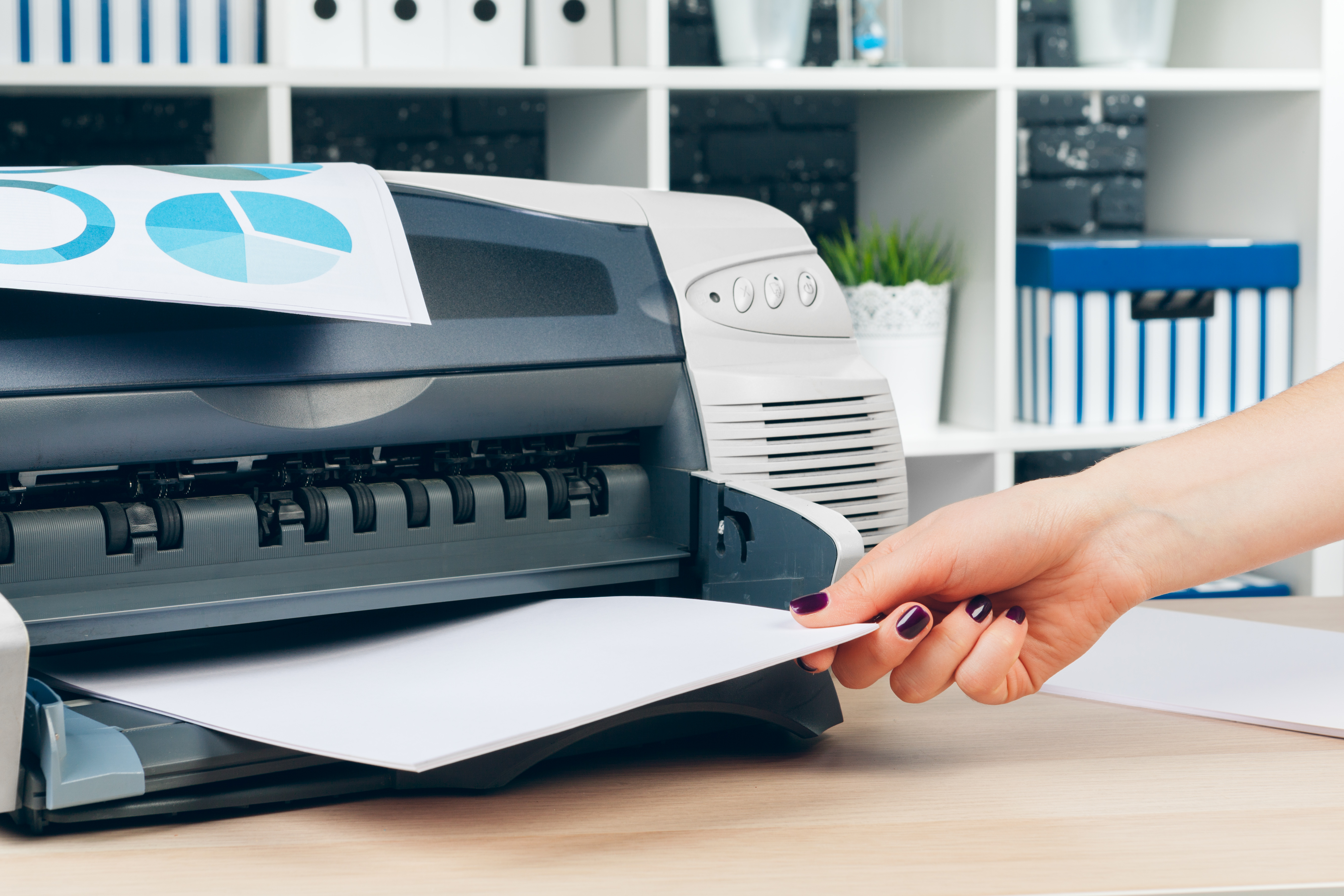8th Apr 2024
Print Security: Protecting Your Personal and Sensitive Documents
In an era dominated by digital communication, the importance of print security is often overlooked. However, the risk of unauthorized access to personal and sensitive documents remains a tangible threat, making it imperative to prioritize the protection of printed materials. This blog explores the significance of print security and offers practical tips to ensure the confidentiality of your documents.
The Risks We Overlook
In the digital age, where information is frequently shared electronically, the significance of hard copy documents is sometimes underestimated. Yet, the tangible nature of printed materials poses unique security challenges that demand attention.
Printers, often considered innocuous devices, can be vulnerable points of entry for cyber threats. Unauthorized access to print jobs, whether intentional or accidental, can lead to the exposure of confidential information. In an office setting, where multiple individuals share a common printer, the potential for security breaches is heightened.
Understanding Print Security
To comprehend the urgency of implementing robust print security measures, it is essential to recognize the types of information that may be at risk. Personal documents, financial statements, medical records, and legal paperwork are just a few examples of materials that demand safeguarding. A breach of such information could result in identity theft, financial loss, or even legal consequences.
Furthermore, the ubiquitous use of printers in business environments introduces an additional layer of complexity. Print jobs containing sensitive corporate data may be intercepted by malicious actors, leading to the compromise of proprietary information and trade secrets. The fallout from such breaches can be severe, affecting not only the organization's reputation but also its bottom line.

The Importance of Secure Printing
In a world where data breaches and cyber attacks are on the rise, secure printing becomes paramount. Implementing security features on your printer can significantly mitigate the risks associated with unauthorized access. Features such as user authentication, encryption, and secure print release ensure that only authorized individuals can access and print sensitive documents.
User authentication methods, such as PIN codes or biometric identification, add an extra layer of protection by ensuring that only approved individuals can use the printer. This helps prevent unauthorized users from gaining access to confidential print jobs left unattended on the output tray.
Encryption plays a crucial role in protecting the content of print jobs during transmission. By encoding the data, even if intercepted, it remains unreadable to unauthorized individuals. This is particularly important in environments where printers are connected to a network, as it prevents potential eavesdropping on sensitive information.
Secure print release mechanisms enable users to release their print jobs only when they are physically present at the printer. This prevents sensitive documents from being picked up by the wrong person and adds an additional layer of control over the printing process.
Practical Tips for Print Security
Beyond the features provided by modern printers, there are several practical steps individuals and organizations can take to enhance print security:
- Regular Audits: Conduct regular audits of printer usage and access logs to identify any suspicious activity. This proactive approach can help detect potential security threats before they escalate.
- Educate Users: Raise awareness among users about the importance of print security. Train them on best practices, such as always using secure print options and immediately retrieving printed documents.
- Implement Access Controls: Restrict access to printers based on job roles and responsibilities. This ensures that only authorized personnel can use specific printers for sensitive or confidential documents.
- Update Firmware and Software: Regularly update printer firmware and software to patch vulnerabilities and ensure the latest security features are in place. Outdated systems are more susceptible to cyber threats.
- Dispose of Printers Securely: When decommissioning printers, ensure that all data stored on the device is securely erased. Many printers have built-in functions to overwrite stored data or remove hard drives.
In the words of cybersecurity expert John Doe, "Print security is often an overlooked aspect of overall data protection. Ignoring the risks associated with printed documents can lead to serious consequences, including identity theft and corporate espionage. Implementing robust print security measures is not just a recommendation; it's a necessity in today's digital landscape."
Conclusion:-
As we navigate an increasingly digital world, it is crucial not to underestimate the importance of print security. Protecting your personal and sensitive documents requires a multifaceted approach, encompassing both technological solutions and user awareness. By implementing secure printing features, educating users, and adopting best practices, individuals and organizations can significantly reduce the risk of data breaches and ensure the confidentiality of their printed materials. Remember, in the realm of print security, prevention is the key to safeguarding your valuable information.












